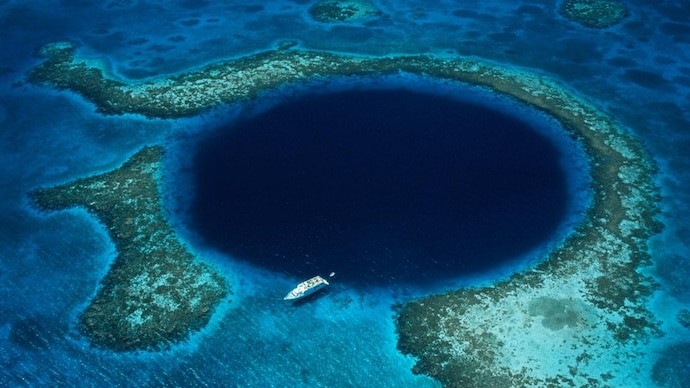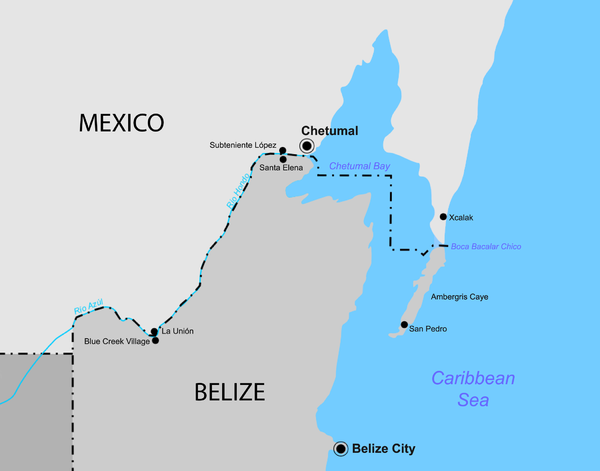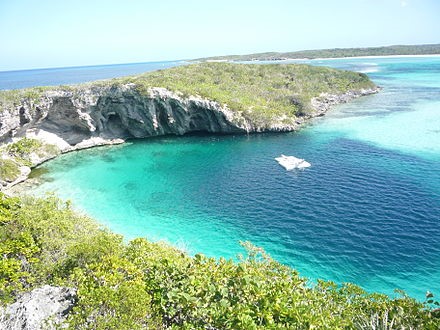Free Courses Sale ends Soon, Get It Now


Free Courses Sale ends Soon, Get It Now



Disclaimer: Copyright infringement not intended.
Context
Details
Chetumal Bay

Blue Hole
Features
Shape and colour

Water Circulation
Support to sea-life
Deepest Blue Hole
Overall Largest Blue Hole
Diving Risks
Nitrogen narcosis is a change in consciousness, neuromuscular function, and behavior brought on by breathing compressed inert gasses. It has also been called depth intoxication, “narks,” and rapture of the deep.
|
PRACTICE QUESTION Q. Which of the following statements are correct with reference to Blue Holes? a) A blue hole is a large marine cavern or sinkhole, which is open to the surface and has developed in a bank or island composed of carbonate bedrock (limestone or coral reef). b) The deepest blue hole in the world at 300.89 meters (987 feet) deep is in the South China Sea and is named the Dragon Hole, or Longdong. c) Blue Holes can support large numbers of bacteria and a huge diversity of organisms/sea-life. d) Water circulation of Blue Holes is poor, and they are commonly anoxic below a certain depth. 1. a and b only 2. b and c only 3. a, b and d only 4. All of the above. Correct Answer: Option 3 |
© 2024 iasgyan. All right reserved